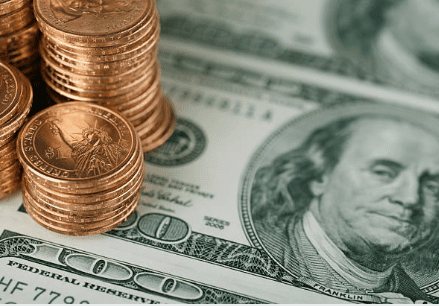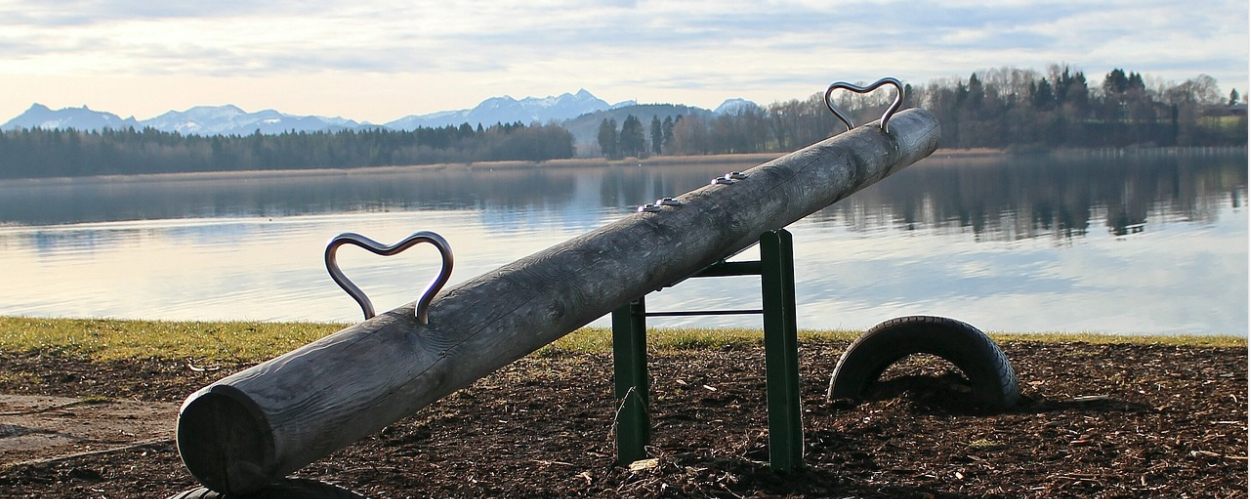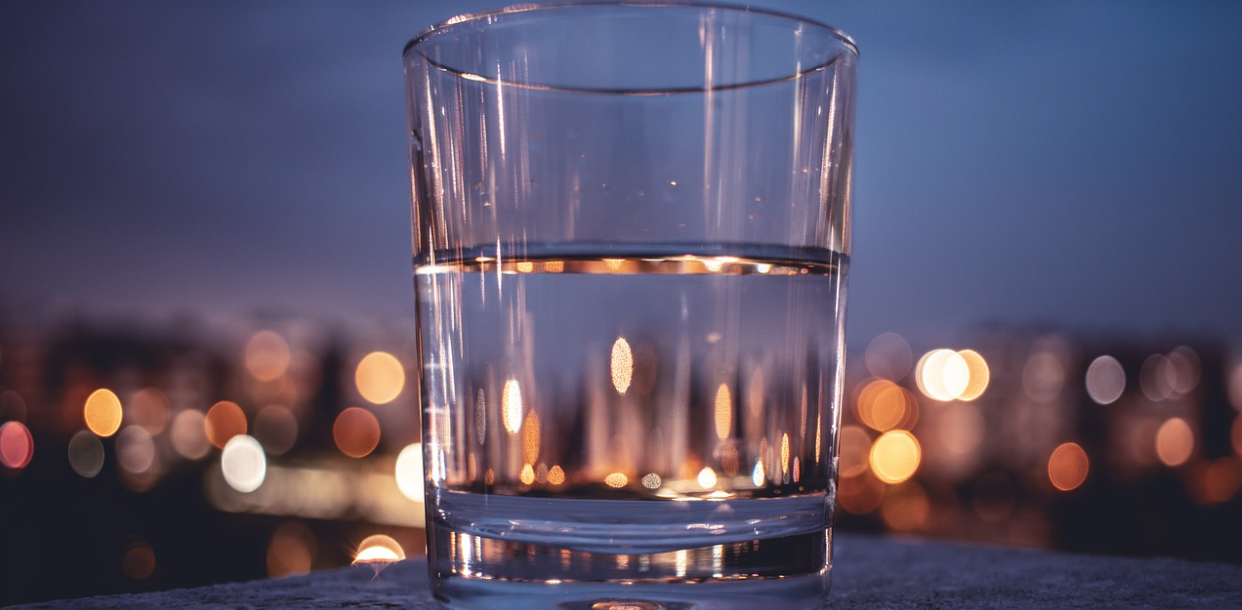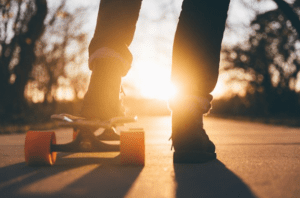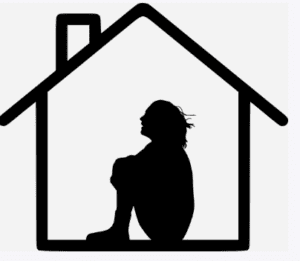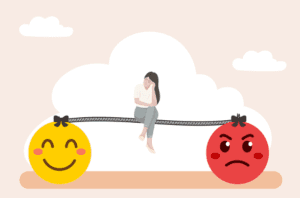
Around the world, robust and engaging education programmes enshrined within a comprehensive and evolving policy such as the UK’s National Curriculum should go a long way to providing opportunities for every child, anywhere. They ought to give everyone, irrespective of their financial circumstances, the chance to flourish by nurturing aspirations for the future. Hence a high-quality, all-embracing education is vitally important to fight child poverty. UNESCO expresses it remarkably succinctly, education transforms lives. With one in nine of the world’s 15–24-year-olds illiterate, it remains crucial to continue cherishing and addressing this issue. Education is, after all, a fundamental right for everyone.
 How can education open up opportunities for young people?
How can education open up opportunities for young people?
Education helps to develop children’s awareness of the world around them. It affords context and knowledge. This is naturally empowering, but crucially children’s personal skills are also fostered by their educational pathways. Among the development of interpersonal, cognitive and emotional skills, it is the ability to think logically, sensitively and critically which is at the heart of many school courses. In theory children who benefit from a good education should acquire life skills which will be attractive to future employers, opening up opportunities and inspiring ambitions.
Education is a way out of poverty
Because education is broadening and nurtures aspirations, it is a very good way to empower people to lift themselves out of poverty. This means that by increasing literacy and science skills whole communities should benefit economically as their potential workforce becomes more skilled.
What about girls?
Gender discrimination means that millions of girls around the globe are deprived of formal education. UNESCO estimates that over 118 million girls are presently not attending school. Figures like this are sometimes cited to emphasise that girls are unfairly discriminated against within educational systems. Yet UNESCO confirms that over 125 million boys do not currently attend school either. However, huge numbers like these can appear to be misleading. For instance, of all adults who cannot read or write it is women who comprise almost two-thirds. Why is this the case?
Long term school attendance
Put simply, around the world, more girls than boys drop out of school. Amy Kerr’s blog for Poverty Child explains the destructive impact of bullying, violence, child marriage, as well as gender biases ingrained within schools and local cultures. While certainly not immune, boys are less vulnerable to these social and political issues.
What strategies are being implemented to reverse gender discrimination in education?
UNESCO has devised two policies to reverse discrimination in education, Strategy for gender equality in and through education (2019-2025) and the Gender Equality Action Plan. The implementation of these policies focuses on system-wide transformations aimed at benefitting all children in three areas: first, researching, recording and publicising detailed data, which should inform better understanding and targeted practice. Second, better legal and policy frameworks, which should enhance girls’ rights. Third, more effective teaching and learning practices, which should empower all children. Of course, addressing cultural expectations and prejudices against girls remains a politically challenging and complex matter. However, where gender inequality can be successfully addressed in schools, over time there is likely to be a cultural shift within community expectations.
 The link between poverty and classroom performance
The link between poverty and classroom performance
Why does poverty affect classroom performance? The answer seems to lie in the challenges arising for young people from their personal circumstances. Children who live in low-income households tend to experience greater domestic disruption than other children. Greater stress. Changes in child care arrangements and demands on stretched parents mean that children can be forced to forge their own way, to become more independent earlier than others. However, their independence – in whatever form it takes – does not naturally rationalise the importance of education in their minds.
Moreover, it is likely that children from lower socio-economic backgrounds experience less academic stimulus at home, for example, less encouragement to read, or less parental emphasis placed on routines like homework. Consequently, some children do not have consistently positive exposure to cultural expectations or the skills necessary to consolidate and improve their academic performance. Nor do they necessarily feel as much incentive or encouragement to pursue academic interests as some of their more affluent peers.
How can poverty disadvantage children in the classroom?
While these are important issues, it is not just the quality of food on the table, or the stability of a caring family which influence children’s academic outlook and commitment. Vocabulary enrichment is perhaps the single most important issue for primary school children. It is a fact that children from more challenging socio-economic backgrounds tend to encounter and use fewer words in their everyday speech. At school this can become disincentivising and impact on self-esteem. As a result, children may not want to read or wholeheartedly join in with class activities if they do not understand as many of the terms in use around them as some of their peers.
 Falling behind and absenteeism
Falling behind and absenteeism
If children self-consciously feel that they may look foolish in front of others, for example, because of their literacy, then they are more likely to avoid participating academically, whether that simply means not putting up their hand to ask for help, or just not concentrating. This is the top of the slippery slope to falling behind. It all too readily develops into motivational and subsequent behavioural issues. Finally, children may resort to absenteeism, with all of its detrimental impact on their personal, social and educational wellbeing.
How do authorities and schools inclusively promote the value of education?
There are several practical enrichment steps which schools aim to implement. For instance, alongside cultural or sporting activities, they offer before school, lunch time or after school clubs with an academic focus. Children are naturally inquisitive. Some merely need an appealing insight or academic hook to spark an initial interest in a new or mainstream curriculum area. School resources such as a library, however simple, can be made as accessible as possible in terms of presentation and appeal. Classrooms can become bright, inspiring places and children can be at the centre of designing them to be that way.
 The importance of reading
The importance of reading
Above all else reading any material in any form can be presented in a positive light. This is vital because illiteracy and poverty are inextricably linked. Children need to understand that illiteracy will blunt their potential as they grow up, they need to realise that academic interests are not for a talented elite. Fostering and incentivising a positive work ethic goes a long way to ensuring academic progress. And that helps to open up those future opportunities which may prove to be life changing.
Tackling motivation and offering support in schools
There is a proven link between socio-economic status and self-esteem. If children appear to be unmotivated it is likely to be because they assume that school is not for them, that it is for high achievers. For instance, for all those children in the UK’s education system whose first language is not English, progress and success at school is always going to seem daunting. At home those children are unlikely to speak or read much English, simply because their parents do not.
 Educational support
Educational support
While home background and environment are factors that contribute considerably to motivational outlook and performance at school, it is also the quality of teaching and the daily experience at school which matter. Inspirational teachers and effective schools do not just catch the attention of children from affluent backgrounds. In addition, frequent encouragement and support can make a huge difference to children’s motivation. Many teachers go way beyond the call of duty in looking after their classes, and consequently many children benefit in terms of their overall educational experience. Moreover, individually targeted learning support programmes, as well as one to one extra help, can be transformative.
Education is central to eradicating child poverty
For decades the UN has highlighted the central importance of teacher training programmes and classroom equipment in the fight against poverty. Governments, trade unions, think tanks, pressure groups and charities around the world accept that education remains a powerful means by which people can be empowered to tackle poverty. Poverty remains a complicated set of personal and political circumstances, and bringing about its eradication remains equally complex. However, at the heart of initiatives to lift children out of poverty, and break its cycle, lie educational policy, funding and the means towards achieving the broadest possible implementation, because empowering people to help themselves is the most sustainable, long-term solution to child poverty.
































